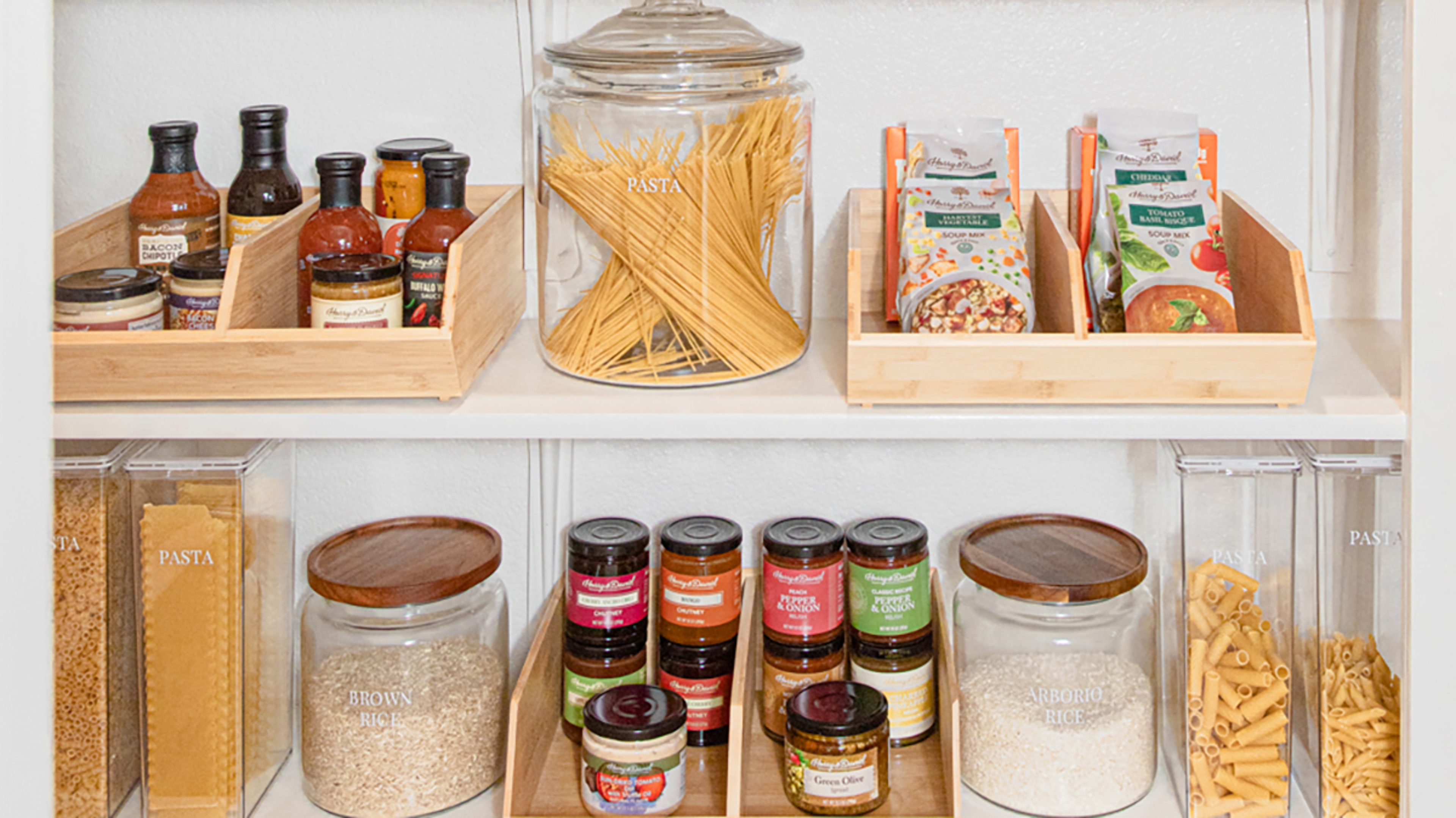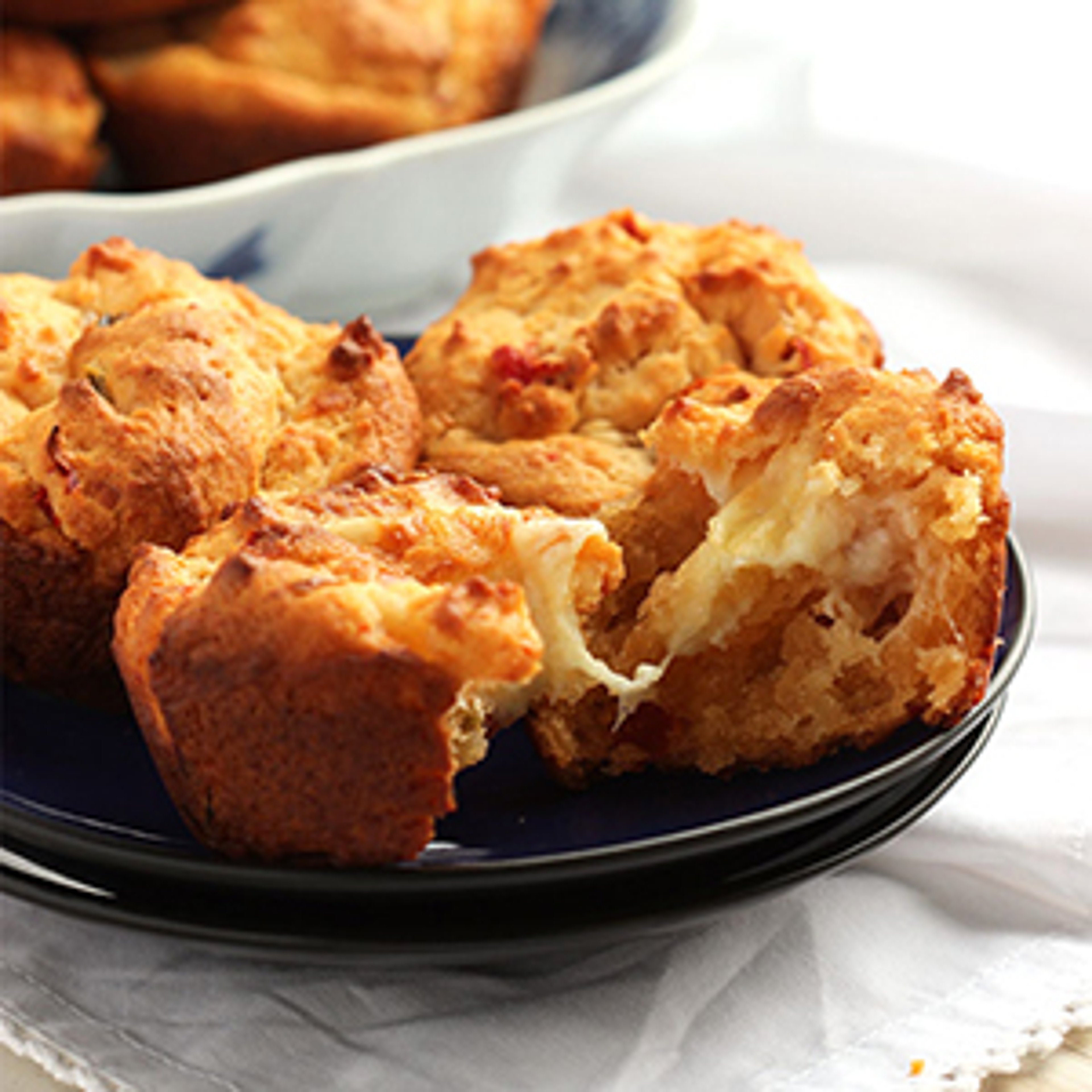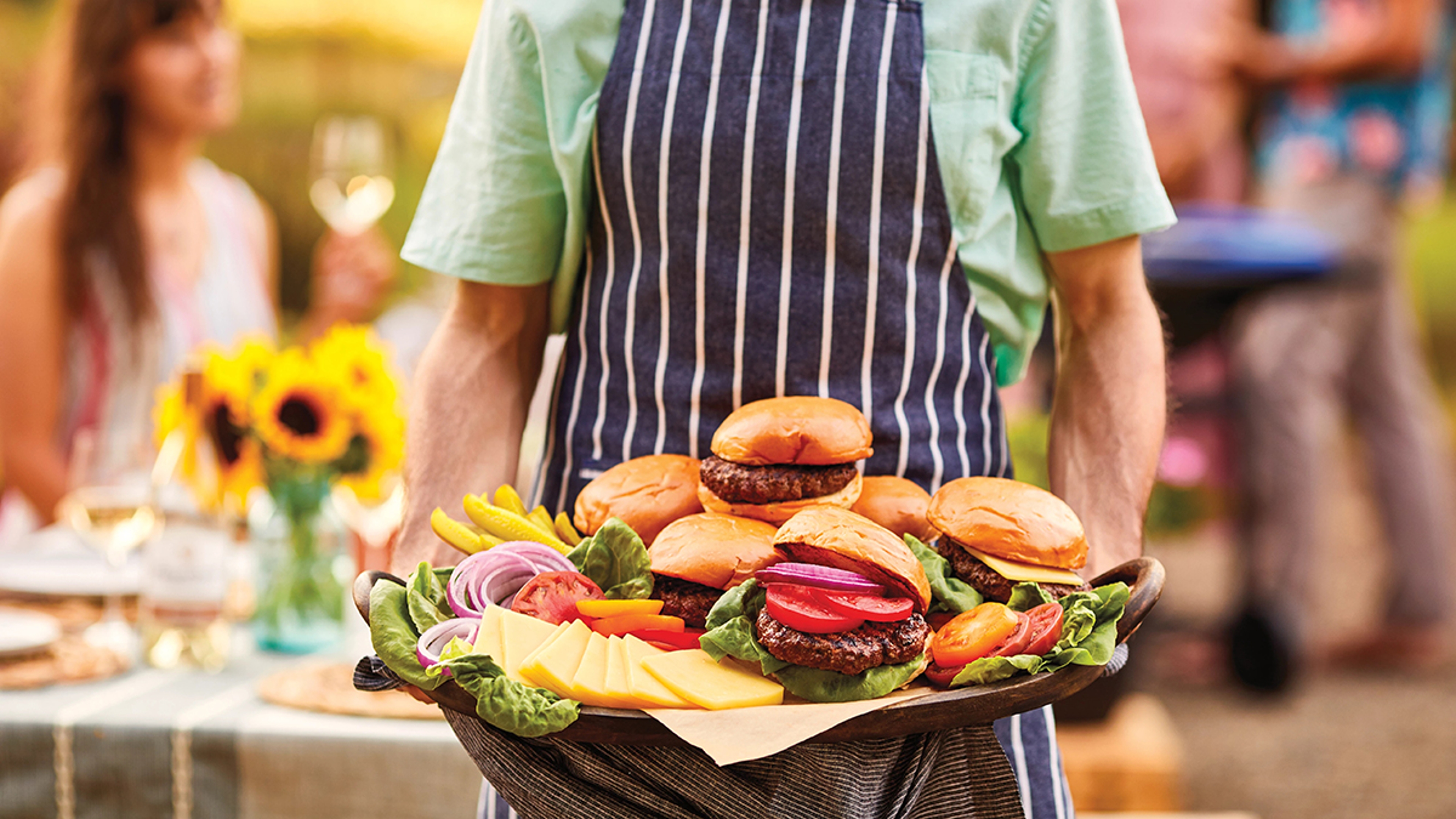How to Stock a Pantry
Turn your cabinets from a jungle into an oasis with our expert tips.
Sep 20, 2024
Raise your hand if this has happened to you: You need an ingredient for a recipe you're making — a cup of olive oil, say, or a tablespoon of paprika — or maybe you're looking for a snack or a certain kind of tea, so you go to your pantry to try and find it. But, after a thorough search, you come up empty.

You know it's in there because you put it in there. (Of course, you can't discount the other people you live with putting it back in a different place than where they got it from.) You start moving jars and bottles and cans and boxes around, emptying the cabinet, even making unexpected discoveries — "Oh, that's where that bottle of molasses is that I last used in 2018" — only to realize that what you were looking for was somewhere else entirely. Ugh. Sounds like you need to learn know how to stock a pantry.
dentifying what items you use on a regular basis is the first step, and that, in turn, will help simplify meal planning and preparation, according to Ría Safford, founder and CEO of organizational service RíOrganize, which has designed storage solutions for high-profile clients such as Chrissy Teigen and celebrity hairstylist Jen Atkin.
"The best thing you can do is to really understand your essential items — the stuff you are always restocking," Safford says. "Those are the first ones I suggest getting a different type of [container] for. It's amazing how much space you're losing when you're having to buy multiple things that really aren't taking up much volume inside those boxes."
Structuring your pantry space
Your pantry restocking schedule will depend on the size of your kitchen; if it's on the smaller side, you'll need to prioritize essential items and make more frequent visits to the market.
With most pantry items, you can keep them around a while. Packaged foods are usually fine after the "best by" date listed on the box, according to the U.S. Department of Agriculture. Canned and frozen foods may taste different but can remain safe to eat for years.
Similarly, whole spices can last up to five years, though you may want to toss ground ones out after six months, particularly if they no longer give off a strong scent. (USDA's FoodKeeper resource provides general consumption guidelines for various foods.)
Our favorite pantry items
Storing food in canisters allows you to combine items — pouring newly purchased crackers into a container of ones you'd bought before, for instance, instead of having to store two separate bags — and also helps keeps items you're accessing frequently, such as cereal, fresh, Safford says.
To keep the foods you've put in new containers and those in their original packaging organized, Safford suggests establishing pantry zones, based on use, and placing infrequently used items in less accessible areas. This, Safford says, will also help when making a grocery list.
“You want everything to be visible and accessible," she says. “Our goal is [to make sure] you can easily see everything that's running low."
Safford also says labeling pantry containers helps build accountability; you're less likely to toss a bag of chips into something that's marked “breakfast bars."
Places like the back of the door or shelf area above an item can also offer supplementary storage.
“Things like open-face baskets, especially if they're stackable, can take advantage of vertical space," Safford says. “They're great for grab-and-go items like fruit snacks."

Other food storage spots
In addition to challenges with pantry space, many people also struggle to keep their refrigerator in order. While three in 10 Americans feel the fridge should be cleaned out monthly, they only get around to doing it, on average, every five months. Over the course of a year, the average American throws away $2,798 worth of refrigerated food, and nearly two-thirds of consumers say if their refrigerator was more organized, they wouldn't forget about leftover items inside.
To avoid buying more groceries than you actually need, store yours in a practical way. One example Safford gives is placing items on a turntable inside.
"That could be really great for little pickle jars," she says. "You can keep them close together, but they can be on a higher-up shelf, blocked by a couple things, because they're still relatively accessible."
Determining your ideal refrigerator or pantry storage system involves some trial and error. To begin envisioning a layout, Safford recommends removing everything. (That bottle of molasses isn't the only item lurking in the depths of your pantry.)
"You might realize, 'I can cluster these items together because this will be on a turntable, and I can add more space here by turning these into canisters,'" she says. "You start to see the products you need, finding that perfect formula for your space that's going to make the most sense."
Ready to create the perfect pantry and refrigerator space? Use the lists below to help you organize your kitchen in the best way possible.

.svg?q=70&width=384&auto=webp)








